Affiliate links on Android Authority may earn us a commission. Learn more.
Redmi Note 6 Pro vs Note 7 vs Note 7 Pro: Which is the best budget Xiaomi phone?
Published onApril 18, 2019
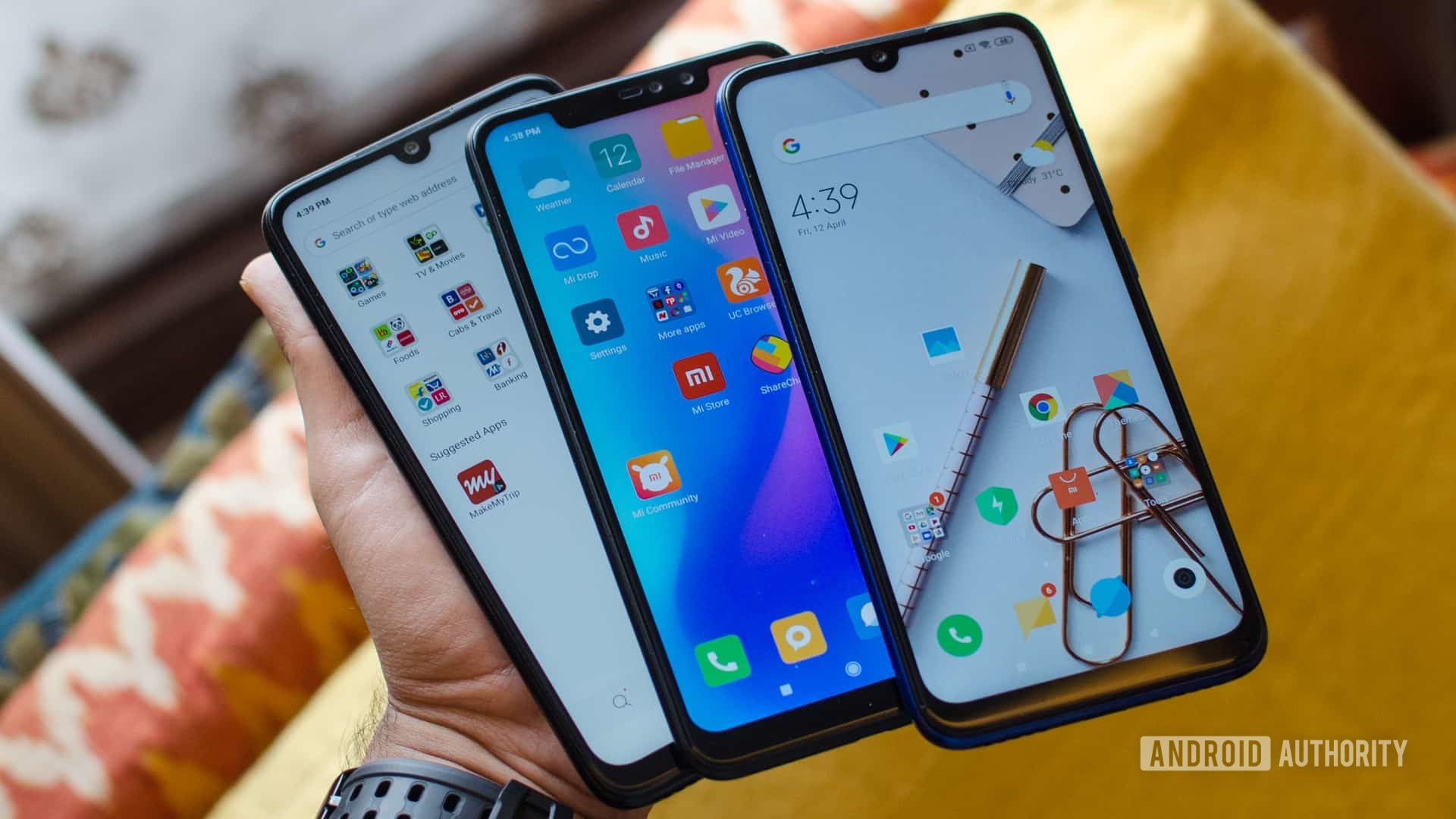
Xiaomi’s Redmi series is by far the fasted selling mid-range phone brand in India. So much so that the biggest complaint against the phone, aside from the ads strewn across MIUI, is how hard it is get hold of one. Between the Redmi Note 6 Pro, the Redmi Note 7, and the Redmi Note 7 Pro, the company has three extremely popular devices in the sub-15,000 rupees (~$220) category. Which one should you opt for? We try to find out.
Why Xiaomi phones have ads, or the tricky business of balancing ads and usability
Design
The Redmi Note 7 series is spearheading the launch of a brand new design identity for the company. It is a huge leap forward in terms of materials, colors, and overall look and feel. The Redmi Note 6 Pro sported an aluminum back with a subdued matte finish. While it looked good, it was an iterative upgrade over previous Redmi devices. Not so with the Note 7 Pro.
This time around, Xiaomi replaced the metal back with glass. Gone is the staid, almost boring finish. Replacing it is an extremely glossy, gradient-rich look that makes the device feel more modern. The Mi logo has also been switched out in lieu of prominent Redmi branding, given that the latter now operates as a separate sub-brand.
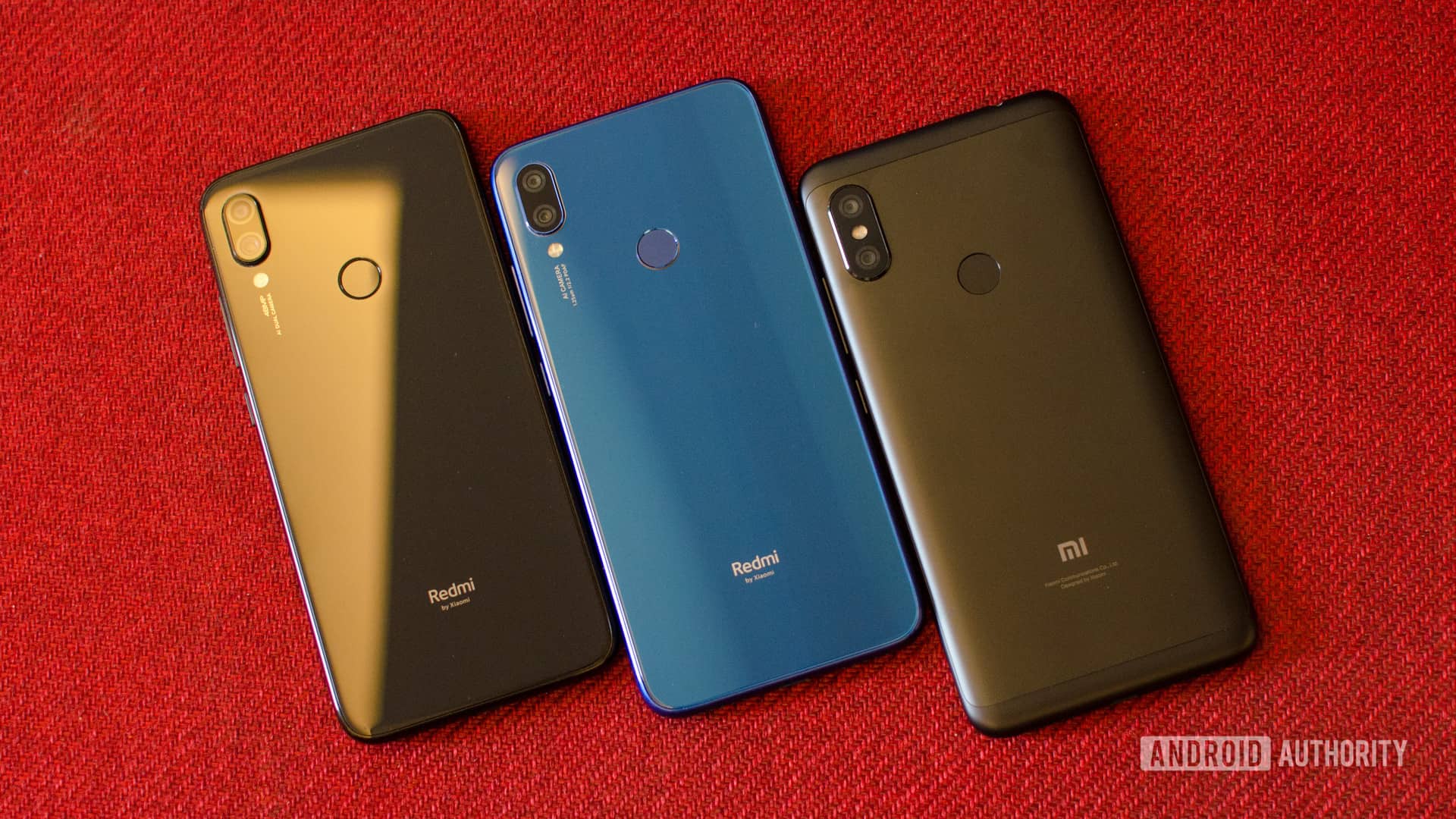
Other big changes abound. While the basic button layout remains the same, the micro-USB port from the Note 6 Pro has been replaced by a USB-C connector. This is definitely a welcome move, long sought by Xiaomi fans.
With the switch to a glass build, the phone no longer has plastic end caps and is, instead, a smooth Gorilla Glass 5 glass sandwich wrapped around a central frame. The Redmi Note 6 has a pronounced ridge around the side for a better grip and that is something we miss on the Redmi Note 7 series. The latter can be quite slippery to hold.
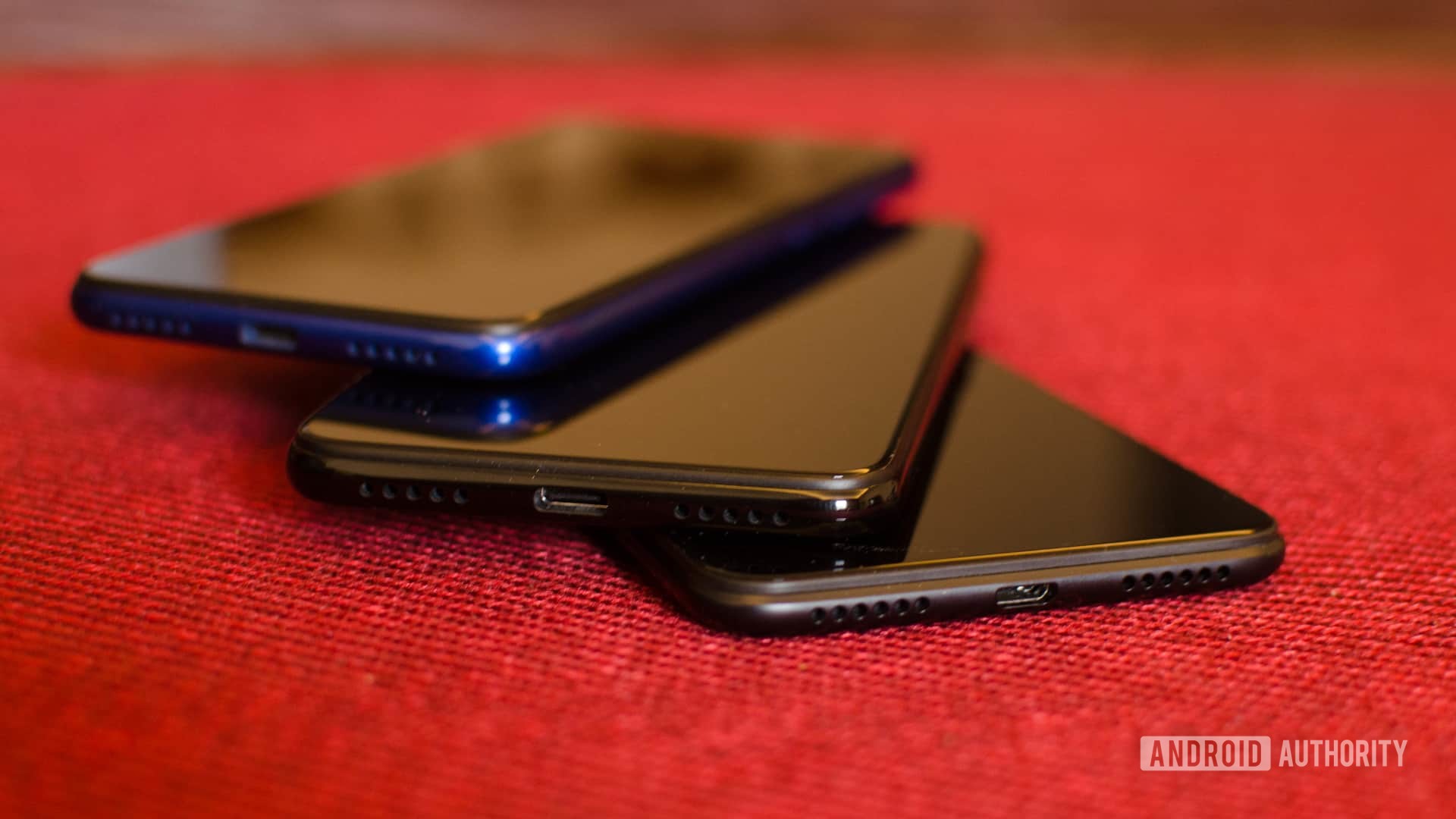
The front of the Redmi Note 7 series also features lots of changes compared to the Redmi Note 6 Pro. The notch, for one, is much smaller. The phone has a waterdrop notch, compared to the wider cutout on the Note 6. The latter includes two front facing cameras thanks to the additional space available, something that Xiaomi removed from the Note 7 and Note 7 Pro. Bezels, too, are visibly smaller on the Note 7 series, though all three phones have a pretty large chin at the bottom.
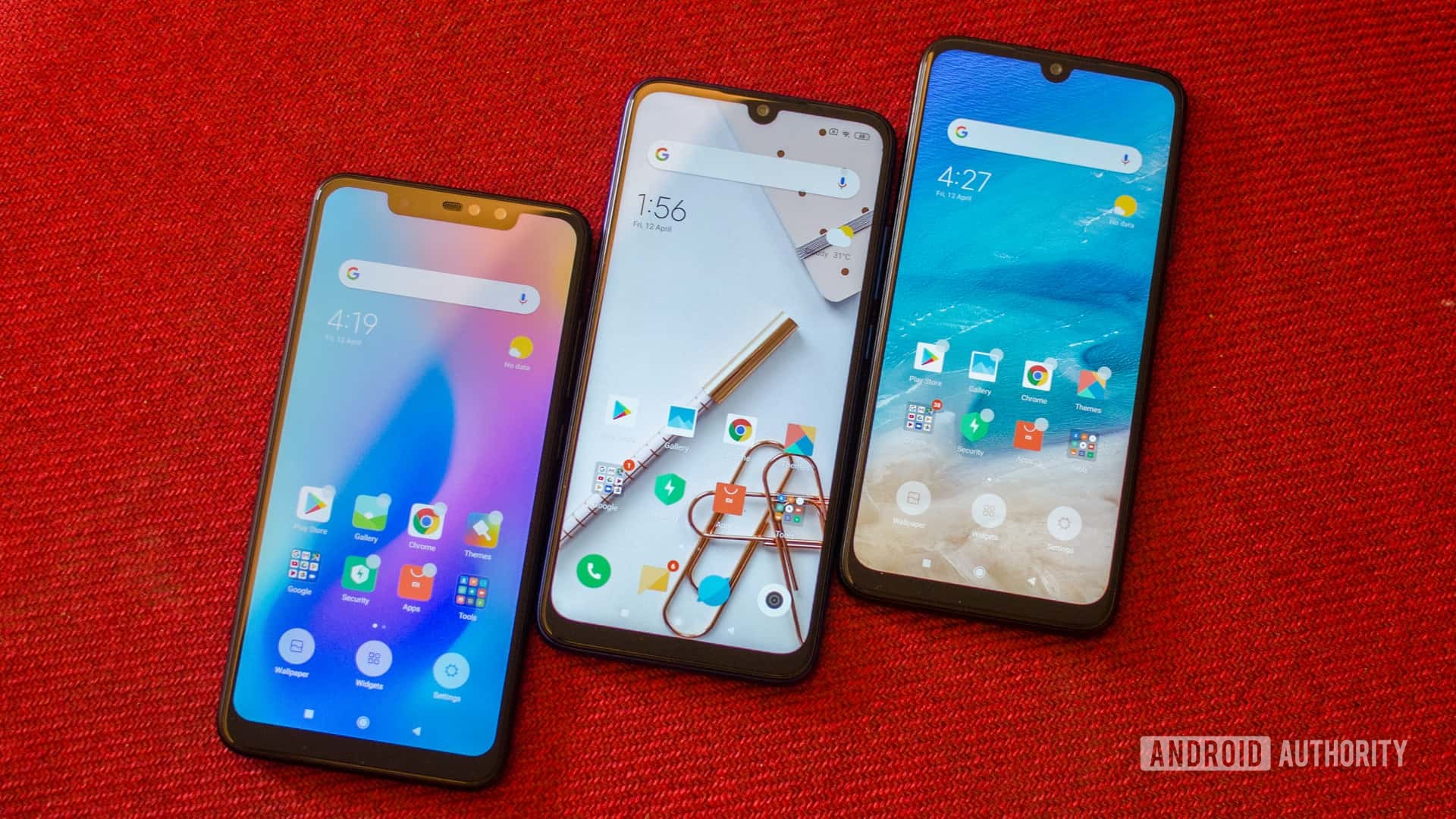
Thanks in part to the glass back, the Redmi Note 7 series is heavier than the Note 6 Pro. The difference is just a few grams, but the different weight distribution really lets you feel it. The 7 series is also just a bit taller and narrower compared to the Redmi Note 6 Pro, leading to a more comfortable fit in the hand.
Display
The Redmi Note 6 Pro, Redmi Note 7, and Redmi Note 7 Pro all sport IPS LCD screens. Honestly, there is very little to differentiate here between the phones. The most notable factor is the shift from a wider notch to the more appealing, waterdrop notch style.
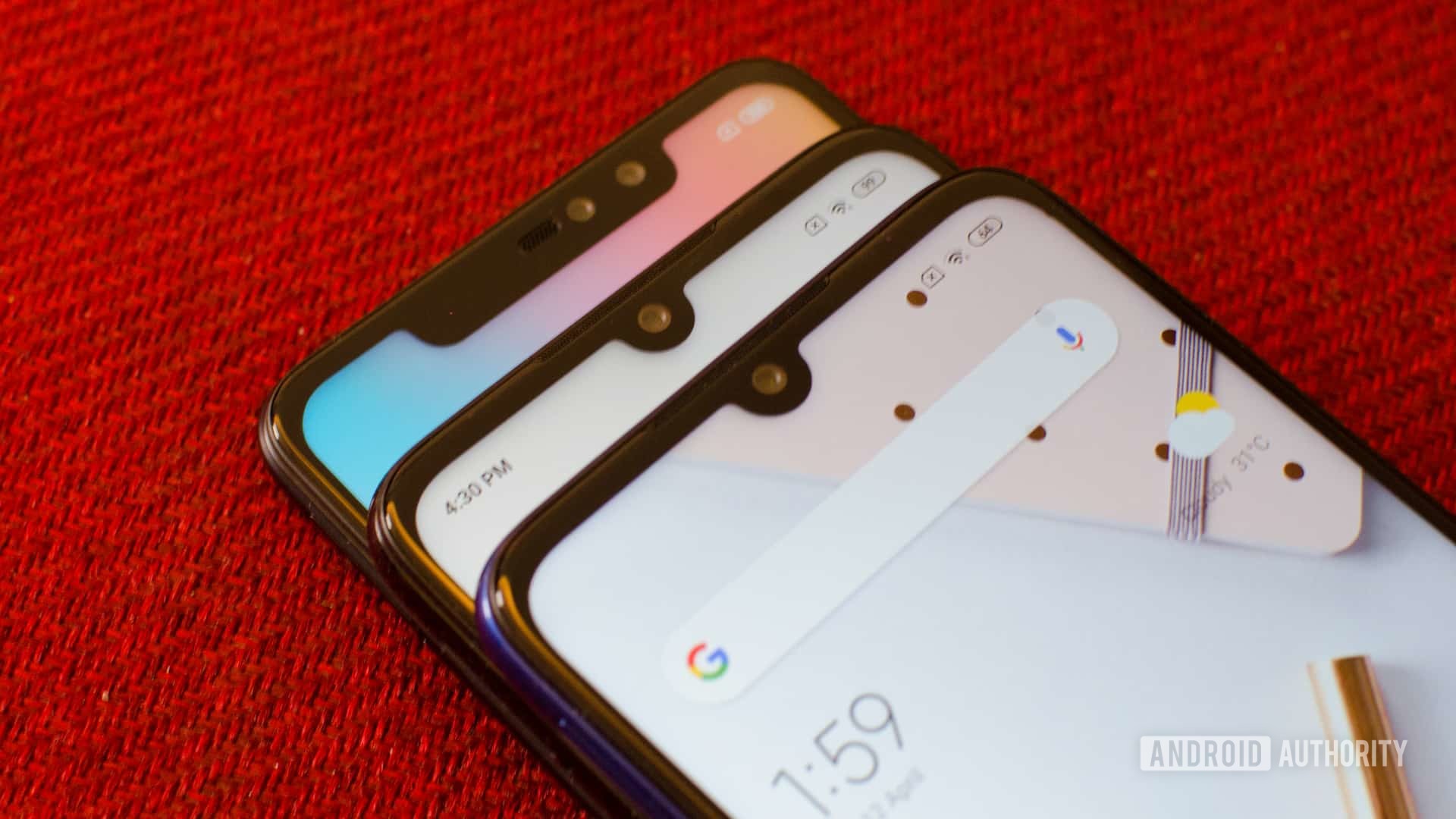
The default calibration is somewhat different. While the Redmi Note 6 Pro and Note 7 err on the side of a cooler shade, the Note 7 Pro has a warmer tinge to color tuning. Regardless, all three look perfectly fine and most people will find nothing to complain about. All three displays get sufficiently bright, show minimal color shift, and have very good contrast levels
The Redmi Note 7 and 7 Pro support the Widevine L1 DRM. Unfortunately, that is not the case for the Redmi Note 6 Pro. That means if streaming services like Netflix are your preferred means of consuming media, you will not be able to view high-resolution content.
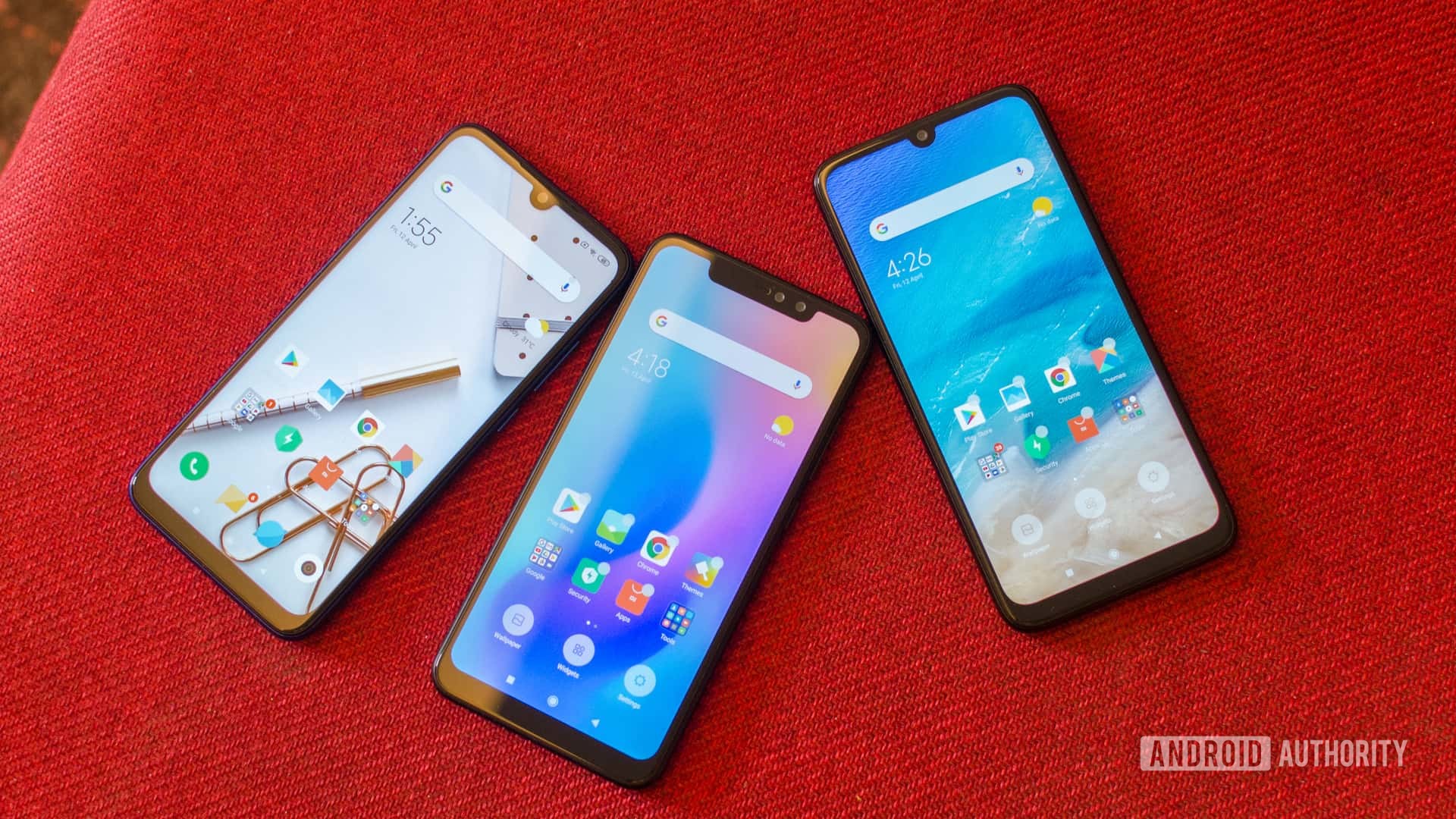
Another difference is the changed aspect ratio. The Note 7 and 7 Pro have a 19.5:9 aspect ratio, which makes them a bit slimmer and taller compared to the Redmi Note 6 Pro. The difference isn’t drastic, but it does make the 7 series just a bit more comfortable to hold.
Performance
Performance is an area where the three phones differ dramatically. Now, it wouldn’t be fair to compare all three phones directly given the different market positioning, but it certainly is interesting to see if Xiaomi’s newest budget offering can compete with last year’s model.
The Redmi Note 7 pulls ahead of the Redmi Note 6 Pro.
The Redmi Note 6 Pro is powered by a Snapdragon 636 chipset, which has eight Kryo 260 cores clocked at 1.8GHz. Meanwhile, the Redmi Note 7 sports a Snapdragon 660 chipset. The 660 is an octa-core chipset with two equally divided clusters of Kryo 260 cores. The performance cluster is clocked at 2.2GHz while the efficiency cluster is clocked at 1.8GHz. This gives the 660 a significant boost as far as CPU performance is considered and this is made clear in the benchmarks below.
Meanwhile, the Redmi Note 7 Pro is significantly more powerful than either device. The Snapdragon 675 chipset has two clusters of Kryo 460 cores. The efficiency oriented cluster has six Kryo 460 Silver cores clocked at 1.7GHz, while the performance cluster has two Kryo 460 Gold cores clocked at 2.0GHz.
All three phones have completely different graphics processing capabilities, but it is clear that the Adreno 512 GPU in the budget Redmi Note 7 pulls ahead of the Adreno 509 in the Redmi Note 6 Pro. The Redmi Note 7 Pro and its Adreno 612 GPU is, of course, in an entirely different league.
We tested all three phones with PUBG and the results were quite self explanatory. The Redmi Note 7 Pro is buttery smooth with the graphics set to HD and frame rate to high. The Redmi Note 7, too, maintains a solid frame rate with ṭhe graphics set to HD though there was the occasional frame drop. The Redmi Note 6 Pro is the outlier here since the game won’t let you push the graphics to HD.
Camera
The Redmi Note 6 Pro and the Redmi Note 7 have a somewhat similar camera set up with the primary unit being a 12MP sensor. While the Redmi Note 6 Pro pairs this with a 5MP depth-sensing camera, the Redmi Note 7 drops this down to 2MP for the secondary sensor. The Redmi Note 7 Pro, on the other hand, has the much-vaunted 48MP Sony IMX 568 sensor that combines four adjoining pixels to improve image quality through the magic of pixel binning. This is combined with a 5MP depth-sensing unit. You can read more about it in our Redmi Note 7 Pro review.
At the front, the Redmi Note 6 Pro has a dual camera array with a 20MP primary sensor and a 2MP depth sensor. The Redmi Note 7 and 7 Pro both sport a 13MP front-facing camera.
Outdoor image quality is plenty good on all three phones. The Redmi Note 7 Pro opts for a warmer white balance compared to the other two devices. Nitpicking reveals slightly lower noise levels, too, but there’s not much of a difference as far as outdoor shooting is concerned.
Moving on to close ups, the Redmi Note 7 Pro’s shot looks just a bit better because of the lower noise levels, though the blurred edges did catch us by surprise. The Note 6 Pro and the 7 took reasonably good shots as well, but tended to over sharpen at times.
Low light imaging is always a tricky one for budget devices. As expected, results from the Note 6 Pro and Note 7 are not particularly good. There is ample noise and, more importantly, digital noise reduction artifacts visible in the shadow regions. The Note 7 Pro does much better. The warmer white balance gives it a darker look but, generally, noise levels are far lower.
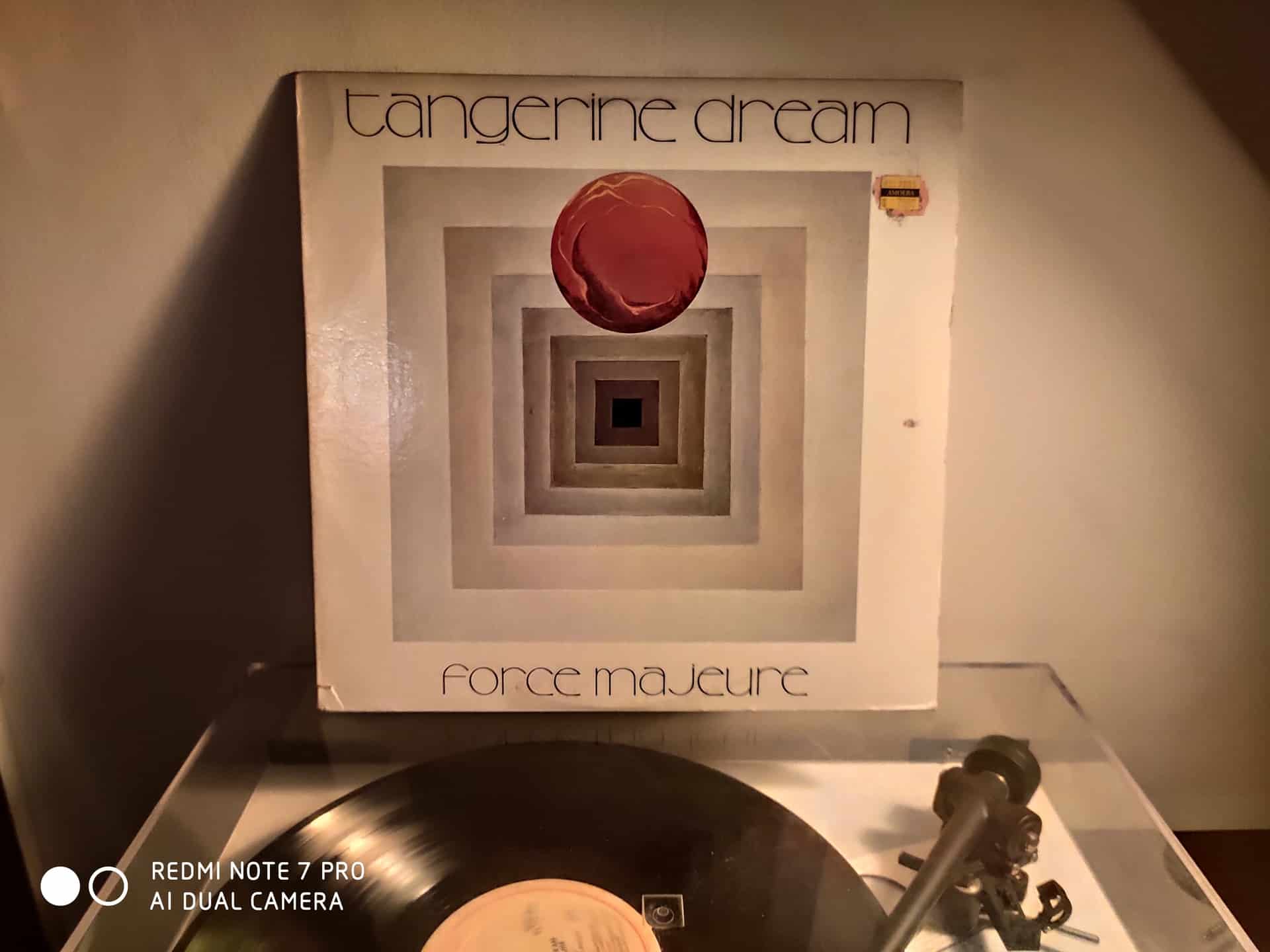
The Note 7 Pro also has a party trick up its sleeve: A dedicated night mode built into the camera uses AI and a combination of exposures to create a much better shot.
Software
All three phones run MIUI 10.2, Xiaomi’s custom Android skin. The one clutch difference is that the Redmi Note 6 Pro is still running Android 8 Oreo rather than Android 9 Pie. Yes, it is expected to get an update to Pie any day now, but at the time of publishing that update had not rolled out yet.
The Redmi Note 6 Pro still runs Android Oreo.
Other than that, there is little difference in day to day use between the three phones. They have the same approach to UI and UX and eschew an app drawer for placing all apps on the homescreen itself. This may or may not be to your liking. The three are also alike in their idiosyncrasies and have a similar number of preloaded apps and ads strewn across the interface.
Specifications
| Redmi Note 6 Pro | Redmi Note 7 | Redmi Note 7 Pro | |
|---|---|---|---|
Display | Redmi Note 6 Pro 6.26-inch Full HD+ (2280 x 1080) display 19:9 aspect ratio 500-nit maximum brightness 2.5D curved glass Corning Gorilla Glass | Redmi Note 7 6.3-inch IPS LCD 1080 x 2340 resolution 19.5:9 aspect ratio ~409 ppi | Redmi Note 7 Pro 6.3-inch IPS LCD 1080 x 2340 resolution 19.5:9 ~409 ppi |
SoC | Redmi Note 6 Pro Qualcomm Snapdragon 636 (1.8GHz max) Kryo 260 CPU | Redmi Note 7 Qualcomm Snapdragon 660 (14 nm) | Redmi Note 7 Pro Qualcomm Snapdragon 675 (11 nm) |
GPU | Redmi Note 6 Pro Adreno 509 GPU | Redmi Note 7 Adreno 512 | Redmi Note 7 Pro Adreno 612 |
RAM | Redmi Note 6 Pro 4/6 GB LPDDR4X | Redmi Note 7 3GB/4GB | Redmi Note 7 Pro 4GB/6GB |
Storage | Redmi Note 6 Pro 64 GB Expandable storage up to 256GB | Redmi Note 7 32GB/64GB Expandable with microSD card up to 256GB | Redmi Note 7 Pro 64/128GB Expandable with microSD card up to 256GB |
Cameras | Redmi Note 6 Pro 12MP + 5MP dual camera 1.4μm pixel size 20MP + 2MP dual camera AI face unlock f/1.9 aperture Single tone dual-LED flash | Redmi Note 7 Front camera: 13MP Rear camera: 12MP 1.25µm pixel size 2MP depth sensor | Redmi Note 7 Pro Front camera: 13MP, 1080p@30fps video recording Rear camera: 48MP, f/1.8 aperture, 1.6µm 4-in-1 super pixel, PDAF 5MP depth sensor f/2.4 aperture, 4K@30fps video recording, Dual-LED flash, EIS |
Battery | Redmi Note 6 Pro 4,000 mAh 5V/2A charging Qualcomm Quick Charge 3.0 | Redmi Note 7 4,000mAh Quick Charge 4.0 support 18W USB-C | Redmi Note 7 Pro 4,000mAh Quick Charge 4.0 support 18W USB-C |
Software | Redmi Note 6 Pro Android 8.1 Oreo MIUI 10 | Redmi Note 7 Android 9.0 Pie with MIUI 10 | Redmi Note 7 Pro Android 9.0 Pie with MIUI 10 |
Dimensions and weight | Redmi Note 6 Pro 157.91mm x 76.38mm x 8.26mm 182g | Redmi Note 7 159.2 x 75.2 x 8.1mm 186g | Redmi Note 7 Pro 159.2 x 75.2 x 8.1mm 186g |
Price | Redmi Note 6 Pro 13,999 rupees (4GB + 64GB) 15,999 rupees (6GB + 64GB) | Redmi Note 7 9,999 rupees (4GB + 64GB) 11,999 rupees (4GB + 64GB) | Redmi Note 7 Pro 13,999 rupees (6GB + 64GB) 16,999 rupees (6GB + 128GB) |
Price and availability
The Redmi Note 6 Pro launched in India at a price of 13,999 rupees (~$200) for the 4/64GB variant and 15,999 rupees (~$230) for the higher end 6/64GB version. Today, the pricing for the base variant of the phone has dropped to 11,999 rupees (~$170).
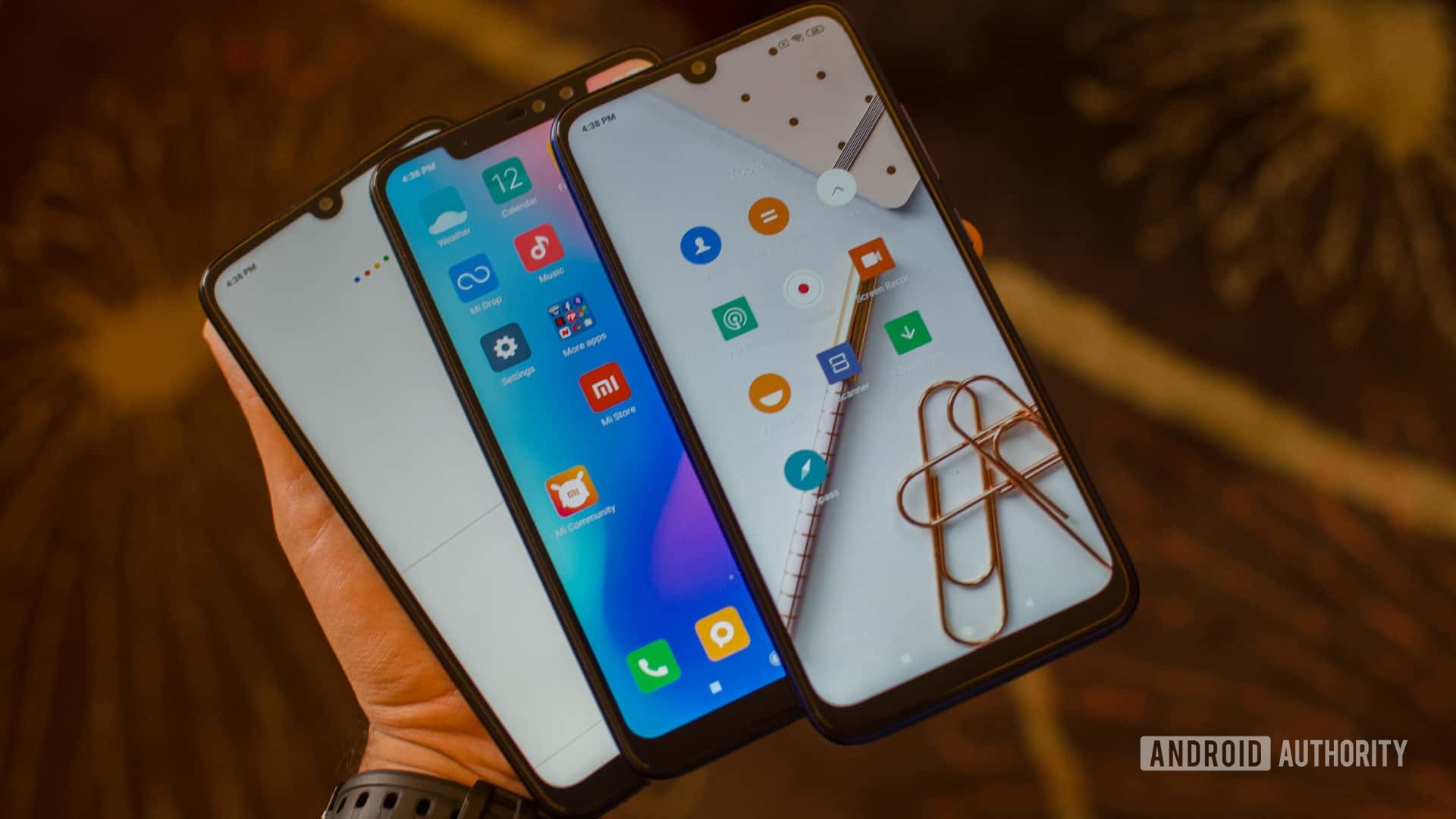
This pits the phone directly against 4/64GB variant of the Redmi Note 7. The Redmi Note 7 has a cheaper 3/32GB variant, too, that comes in at just 9,999 rupees (~$143). Honestly, if you are on a budget, just get the Redmi Note 7. The phone outperforms the Note 6 Pro and has a more modern design. There is no competition here.
The Redmi Note 7 Pro is an entirely different beast. Much more powerful, much more capable as far as imaging is concerned, the phone is priced quite reasonably at 13,999 rupees (~$200) for the 4/64GB version and 16,999 rupees (~$244) for the 6/128GB variant. These are not unreasonable prices and the phones give you a lot of value for your buck. The Redmi Note 7 Pro definitely wins out here.
Further reading:
Which of these Redmi phones would you pick? Or would you prefer a completely different smartphone? Let us know in the comments section.